Introduction
In June 1937, No. 63 Squadron, based at RAF Upwood, Cambridgeshire, became the first RAF squadron to be equipped with the Fairey Battle.[22] On 20 May 1937, the delivery of the first Battle to No. 63 occurred; following further deliveries, the squadron was initially assigned to perform development trials. The type holds the distinction of being the first operational aircraft powered by a Rolls-Royce Merlin engine to enter service, having beaten the debut of the Hawker Hurricane fighter by a matter of months.
By May 1939, there were a total of 17 RAF squadrons that had been equipped with the Battle. While many of these were frontline combat squadrons, some, under the No. 2 Group, were assigned to a non-mobilising training role; on the eve of the outbreak of war, these squadrons were reassigned to operate under No. 6 Training Group or alternatively served as reserve squadrons.[10]
Wartime bomber service
The Battle was obsolete by the start of the Second World War, but remained a front-line RAF bomber owing to a lack of a suitable replacement. On 2 September 1939, during the "Phoney War", 10 Battle squadrons were deployed to pre-selected airfields in France to form a portion of the vanguard of the British RAF Advanced Air Striking Force, which was independent of the similarly-tasked Army-led British Expeditionary Force.[10] Once the Battles arrived, the aircraft were dispersed and efforts were made to camouflage or otherwise obscure their presence; the envisioned purpose of their deployment had been that, in the event of German commencement of bombing attacks, the Battles based in France could launch retaliatory raids upon Germany, specifically in the Ruhr valley region, and would benefit from their closer range than otherwise possible from the British mainland.[23]
Initial wartime missions were to perform aerial reconnaissance of the Siegfried Line during daylight, resulting in occasional skirmishes and losses.[24] On 20 September 1939, a German Messerschmitt Bf 109 was shot down by Battle gunner Sgt. F. Letchard during a patrol near Aachen; this occasion is recognised as being the RAF's first aerial victory of the war.[24][25] Nonetheless, the Battle was hopelessly outclassed by Luftwaffe fighters, being almost 100 mph (160 km/h) slower than the contemporary Bf 109 at 14,000 ft (4,300 m). That same day, three Battles were engaged by German fighters, resulting in two Battles being lost.[24] During the winter of 1939–1940, the Advanced Air Striking Force underwent restructuring; some of the Battle-equipped squadrons were returned to the UK while their place was taken by Bristol Blenheim-equipped squadrons instead.[24] The activities of the Advanced Air Striking Force were principally restricted to training exercises during this time.[24]
Upon the commencement of the Battle of France in May 1940, Battles were called upon to perform unescorted, low-level tactical attacks against the advancing German army; this use of the type placed the aircraft at risk of attack from Luftwaffe fighters and within easy range of light anti-aircraft guns.[24] In the first of two sorties carried out by Battles on 10 May 1940, three out of eight aircraft were lost, while a further 10 out of 24 were shot down in the second sortie, giving a total of 13 lost in that day's attacks, with the remainder suffering damage. Despite bombing from as low as 250 ft (76 m), their attacks were recorded as having had little impact on the German columns.[26] During the following day, nine Belgian Air Force Battles attacked bridges over the Albert Canal that connects to the Meuse River, losing six aircraft,[9][27] and in another RAF sortie that day against a German column, only one Battle out of eight survived.[28]
On 12 May, a formation of five Battles of 12 Squadron attacked two road bridges over the Albert Canal; four of these aircraft were destroyed while the final aircraft crash-landing upon its return to its base.[29][30] Two Victoria Crosses were awarded posthumously for the action, to Flying Officer Donald Garland and air observer/navigator sergeant Thomas Gray of Battle serial P2204 coded PH-K, for pressing home the attack in spite of the heavy defensive fire.[31] The third crew member, rear gunner Leading Aircraftsman Lawrence Reynolds, did not share the award. Both fighters and flak had proved lethal for the Battles. Although Garland's Battle managed to destroy one span of the bridge, the German army quickly erected a pontoon bridge to replace it.[32]
On 14 May 1940, in a desperate attempt to stop German forces crossing the Meuse, the Advanced Air Striking Force launched an "all-out" attack by all available bombers against the German bridgehead and pontoon bridges at Sedan. The light bombers were attacked by swarms of opposing fighters and were devastated. Out of a strike force of 63 Battles and eight Bristol Blenheims, 40 (including 35 Battles) were lost.[33][34] After these abortive raids, the Battle was switched to mainly night attacks, resulting in much lower losses.[35]
A similar situation befell the German Luftwaffe during the early days of the Battle of Britain, when the Junkers Ju 87 Stuka dive bomber suffered equivalent losses in a similar role. With the exception of a few successful twin-engine designs such as the de Havilland Mosquito, Bristol Beaufighter and Douglas A-20, low-level attack missions passed into the hands of single-engine, fighter-bomber aircraft, such as the Hawker Hurricane, Hawker Typhoon and Republic P-47 Thunderbolt.
On 15 June 1940, the last remaining aircraft of the Advanced Air Striking Force returned to Britain. In six weeks almost 200 Battles had been lost, with 99 lost between 10 and 16 May.[36] After the return from France, for a short period of time, the RAF continued to rely on the light bomber. Reforming No. 1 Group and later equipping four new Polish squadrons with the type, it continued to be deployed in operations against shipping massed in the Channel ports for Operation Sealion. Their last combat sortie was mounted on the night of 15/16 October 1940 by No. 301 (Polish) Squadron in a raid on Boulogne, and Nos 12 and 142 Squadrons bombing Calais. Shortly afterwards Battle squadrons of No. 1 Group were re-equipped with Vickers Wellington medium bombers.[37] Battles were operated into 1941 by 88 and 226 Squadrons in Northern Ireland and 98 Squadron in Iceland, for coastal patrol work.[38]
East Africa
Meanwhile, the South African Air Force had been supplied with some Battles. In August 1940, No. 11 Squadron took possession of at least four, which were flown north to be operated in the Italian East Africa (Ethiopia, Italian Somaliland and Eritrea) campaign. They conducted bombing and reconnaissance operations. Whereas in France the RAF's Battles had encountered modern German fighters in large numbers, the South Africans faced a smaller number of Italian biplane fighters (Fiat CR.32 and CR.42), which enabled the aircrews to contribute more effectively to the campaign; but not without several losses, especially when surprised above some predictable targets (air bases, ports etc.). Italian biplanes dived as fast as possible over the bombers, trying to shoot them down in the first pass.[39][40]
Greece
The last combat operations carried out by Fairey Battles were during the Italian and German invasion of Greece, from the end of 1940 until April 1941. A few Fairey Battles of the RAF and about a dozen belonging to the RHAF – serial numbers starting from B274 – participated in secondary bombing roles against enemy infantry. Most of them were destroyed on the ground by Luftwaffe air attacks on the airfields of Tanagra and Tatoi north of Athens between end of March and mid April 1941. No significant contribution of this type was reported during this period, although some hits were recorded by the Greek Air Force.
Prior to the Second World War, in spring 1939, the Polish government had placed an order for 100 Battle bombers, but none of these were delivered before the outbreak of war. The first 22 aircraft were sent in early September 1939 on two ships to Constanta in Romania, to be received there by the Polish crews, but the ships were ordered back while in Istanbul when the fall of Poland became inevitable. They were next offered to Turkey.[41]
Some sources state that the Fairey Battle was licence-produced in Denmark for the Danish Air Force before the German invasion in 1940, but no such plane is known to have been completed.[42]
Trainer role
Fairey Battle Trainer
While found to be inadequate as a bomber aircraft in the Second World War, the Fairey Battle found a new niche in its later service life. As the Fairey Battle T, for which it was furnished with a dual-cockpit arrangement in place of the standard long canopy, the type served as a trainer aircraft. The Battle T was equipped with dual-controls in the cockpit and optionally featured a Bristol-built Type I gun turret when employed as a bombing/gunnery training.[43][44] As the winch-equipped Fairey Battle TT target tug, it was used as a target-towing aircraft to support airborne gunnery training exercises. Furthermore, Battles were not only used in this role by the RAF, several overseas operators opted to acquire the type as a training platform.[45]
In August 1939, the Royal Canadian Air Force (RCAF) received its first batch of eight Battles at RCAF Station Borden, Ontario, Canada.[43] A total of 802 Battles were eventually delivered from England, serving in various roles and configurations, including dual-control trainers, target-tugs, and gunnery trainers for both the Bombing and Gunnery schools of the Commonwealth Air Training Plan.[44] Canadian use of the Battle declined as more advanced aircraft, such as the Bristol Bolingbroke and North American Harvard, were introduced; the type remained in RCAF service until shortly after the end of hostilities in 1945.[43]
The Battle served as a trainer with the Royal Australian Air Force (RAAF), which allocated it the prefix A22.[46] On 30 April 1940, the first four RAAF Battles were delivered to No. 1 Aircraft Depot; on 29 June 1940, the first assembled aircraft, P5239, conducted its first flight. Deliveries occurred at a steady pace until the last Battle was received on 7 December 1943.[47] These aircraft were a mix of bomber, target tug, and dual-control trainer variants; they were mainly used by Bombing and Gunnery schools until 1945; the last aircraft were phased out in 1949.[47]
Following an initial evaluation using a handful of aircraft, the South African Air Force (SAAF) purchased a number of Battles. Operated in the Western Desert and East Africa, SAAF Battles were used into early 1942.[31] Battles were also sold to the Turkish Air Force, which was reportedly pleased by the type's manoeuvrability.[45] The type remained in RAF service, in secondary roles, until 1949.
Engine testbed
Technicians performing work upon the engine of a Battle, c. 1939–1940
While the Battle was no longer viable as a frontline combat aircraft, its benign handling characteristics meant that it was an ideal platform for testing engines, and it was used in this role to evaluate engines up to 2,000 hp (1,500 kW) including the Rolls-Royce Exe, Fairey Prince (H-16) and Napier Dagger.[47] These trials were often conducted to support the development of other aircraft, such as the Fairey Spearfish, as well as the suitability of the individual engines.[47]
As part of a study of potential alternative engines in the event of supply interruptions of the Merlin engine, which normally powered the type, were encountered, a single Canadian Battle, R7439, was re-engined by Fairchild Aircraft with a Wright R-1820 Cyclone radial engine. R7439 was the sole aircraft to be equipped with this powerplant.[43]
In 1939, one Battle, K9370, underwent extensive modifications in order to test the Fairey Monarch 2,000 hp (1,500 kW) or higher engine; in addition to the engine itself, K9370 was furnished with electrically-controlled three-bladed contra-rotating propellers and a large ventral radiator.[47] According to Jane's All the World's Aircraft 1946–47, the aircraft was shipped to the US after 86 hours test time in December 1941. Testing continued for a time at Wright Airfield, Liberty County, Georgia.[47]
Two aircraft, K9270 and L5286, acted as flying testbeds for the Napier Sabre engine.[47] Modifications included the adoption of a fixed undercarriage, large ventral radiator, and an auxiliary intake. The two Sabre-equipped Battles accumulated roughly 700 flight hours.[47]
.
.
.
.
.
.
.
.
Accidents and incidents
On 16 December 1939 a recently qualified flyer, Pilot Officer Harold G. Tipple of 264 Squadron RAF was tasked with ferrying Fairey Battle Mk.I (N2159) from RAF Little Risington to RAF Martlesham Heath in company with a more experienced officer in another Battle. Tipple had never flown the type previously and received only brief instruction before takeoff. Once in the air the aircraft was observed to be trailing smoke. By the time the pair had reached Hintlesham, Suffolk the aircraft was losing altitude and Tipple attempted to bale out. The aircraft crashed at Little Wenham, Babergh, Suffolk and the pilot was killed.[54][unreliable source?] Tipple is buried in Hintlesham churchyard and is commemorated on the adjacent war memorial.[55]
On 2 August 1940, Richard Ormonde Shuttleworth, a racing motorist, aviator and prolific collector of veteran cars and aircraft was killed when Fairey Battle L4971 of No. 12 Operational Training Unit RAF Benson crashed into a hill during a solo night flying exercise.[56]
On 23 September 1940, Fairey Battle K9480 on a training flight, crashed onto a house, killing the Polish pilot and five civilians from one family in Hucknall, Nottinghamshire.[57][58][59][60]
Specifications
General Characteristics
- Predecessor Fairey Battle
- Created On Windows
- Wingspan 33.8ft (10.3m)
- Length 26.7ft (8.1m)
- Height 10.4ft (3.2m)
- Empty Weight 4,939lbs (2,240kg)
- Loaded Weight 6,268lbs (2,843kg)
Performance
- Horse Power/Weight Ratio 0.239
- Wing Loading 28.5lbs/ft2 (138.9kg/m2)
- Wing Area 220.3ft2 (20.5m2)
- Drag Points 841
Parts
- Number of Parts 46
- Control Surfaces 10
- Performance Cost 319

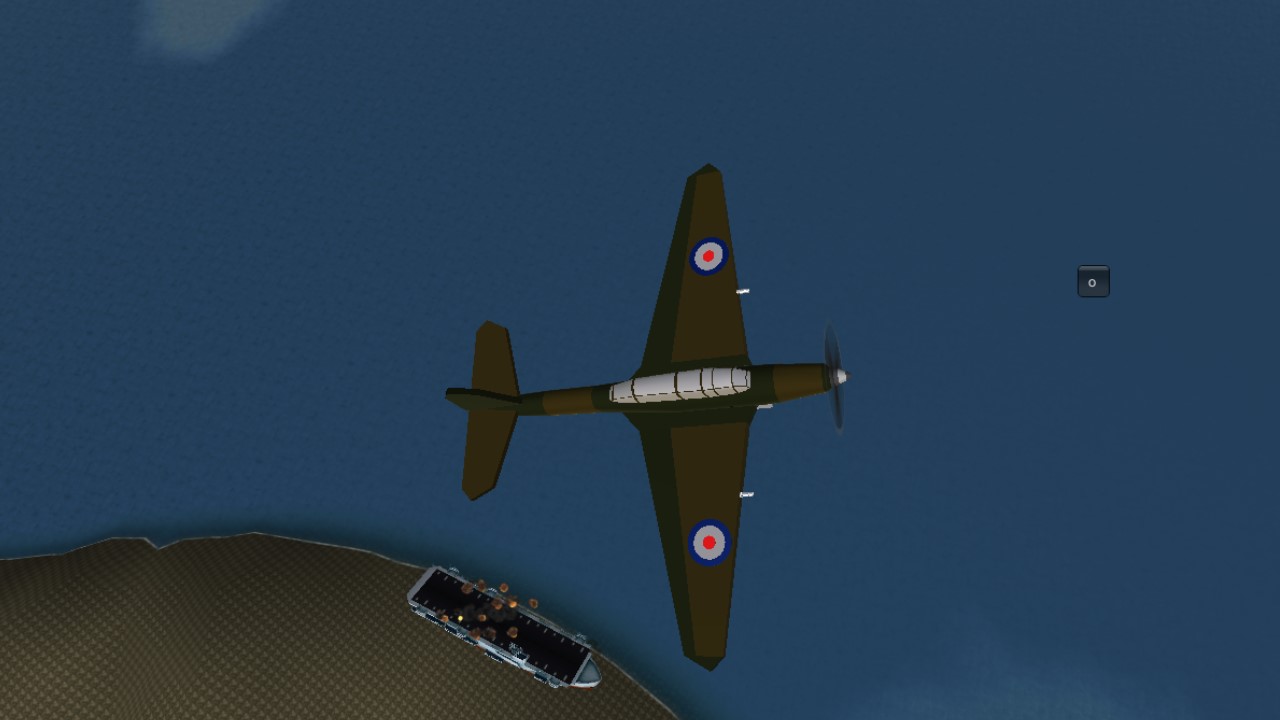
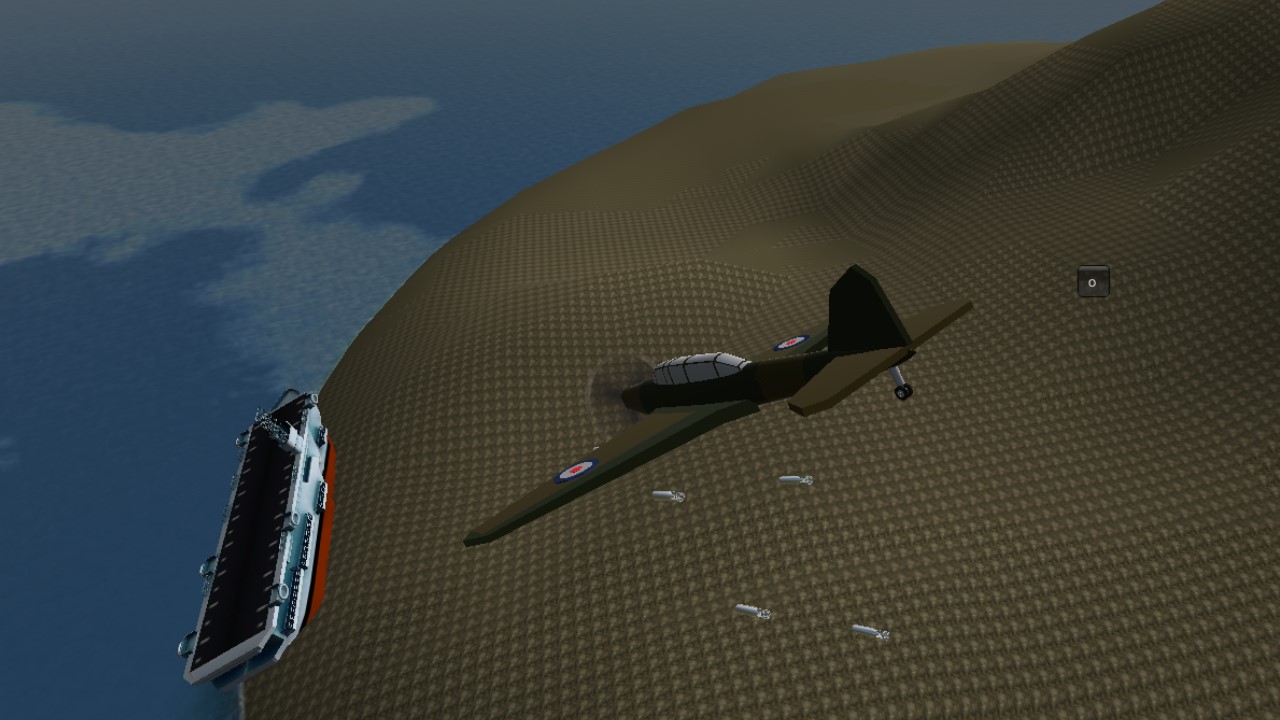
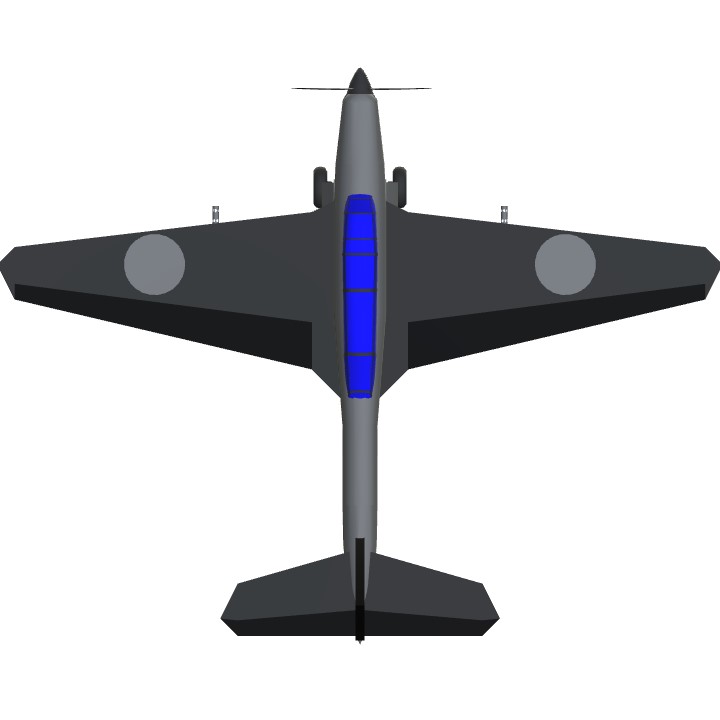
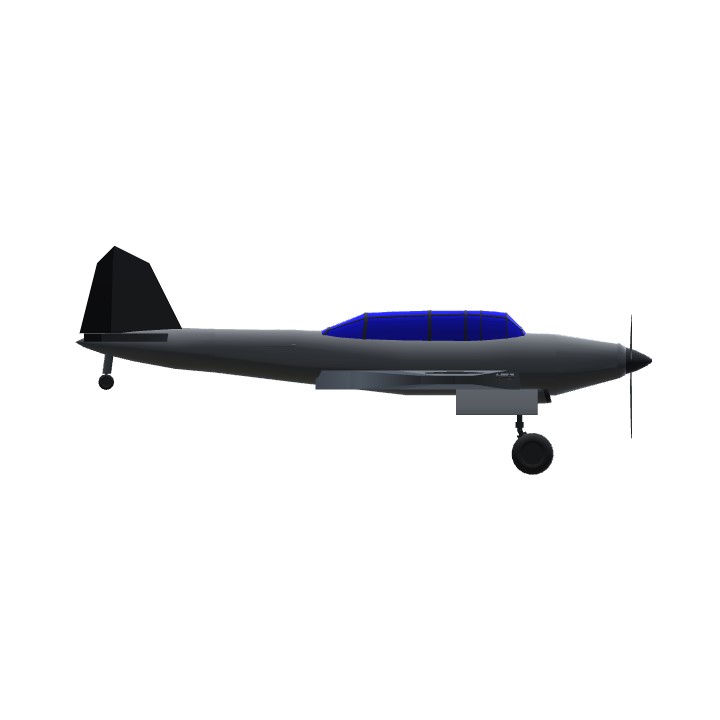
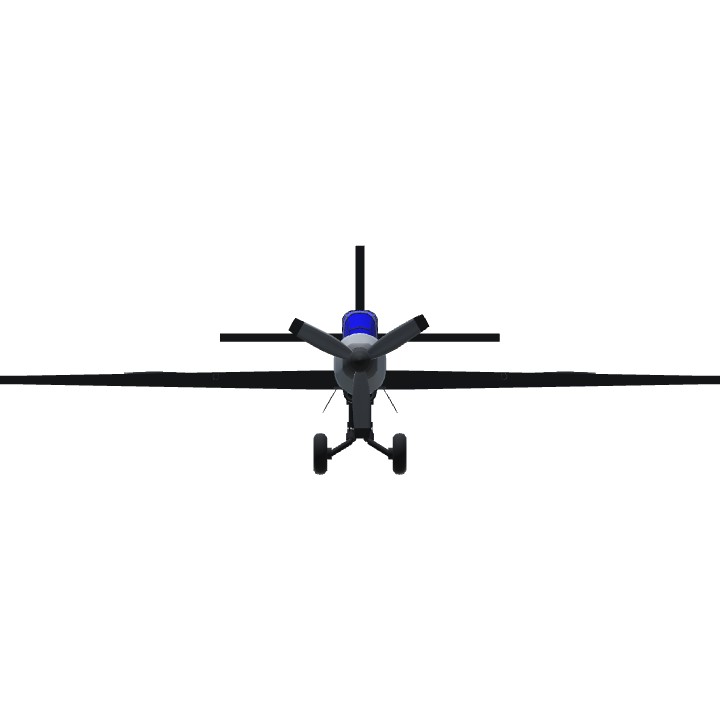
I don’t like telling the winner before the contest ends or stuff like that,but this might win the challenge ;).It is fast,easy to fly,good looking and can do its job.God Job